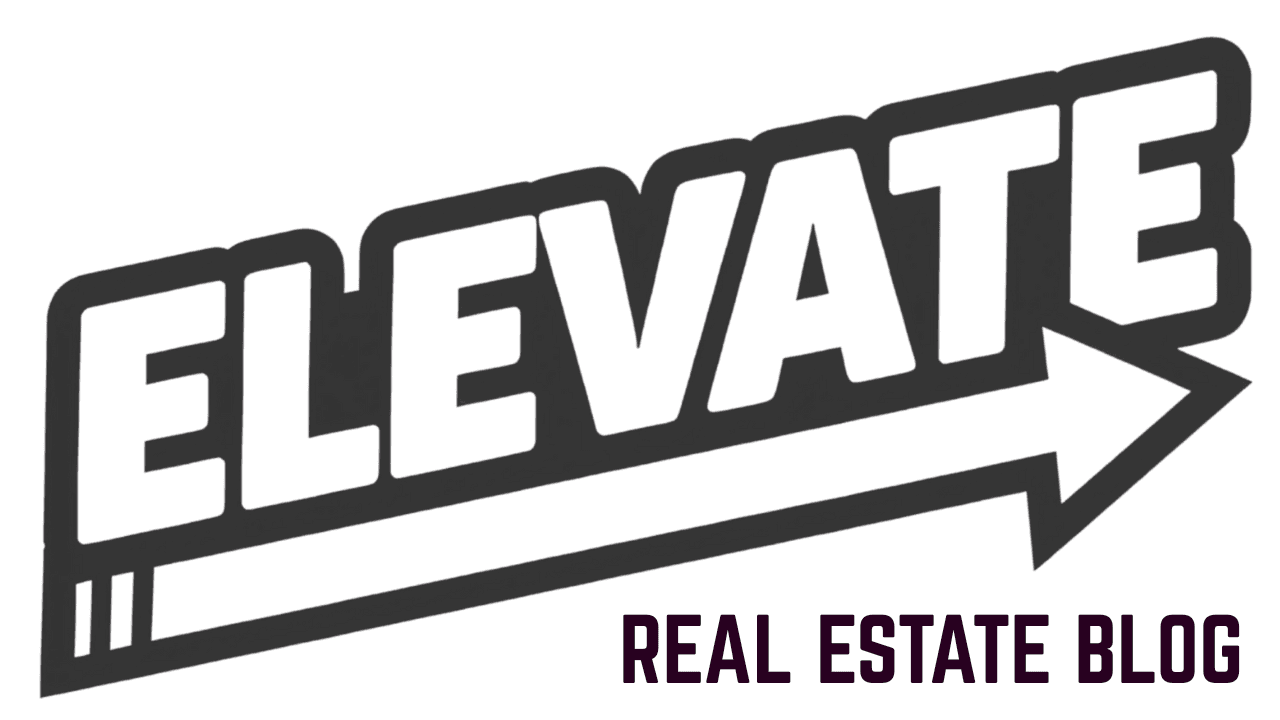Content repurposing transforms single pieces of marketing material into multiple formats across different platforms. Real estate agents create one comprehensive piece of content, then adapt it for various channels to maximize reach and engagement.
This strategy saves time while expanding audience reach. Instead of creating unique content for each platform, agents leverage existing high-performing material to maintain consistent messaging across multiple touchpoints.
Why Content Repurposing Matters for Real Estate Agents
Creating original content for every platform demands significant time and resources. Most agents lack the bandwidth to produce fresh material for Instagram, Facebook, LinkedIn, email newsletters, and blog posts simultaneously.
Repurposing solves this problem. A single property listing description becomes social media posts, email content, and blog articles. Market analysis reports transform into infographics, video scripts, and newsletter segments.
The approach reinforces key messages across multiple channels. When prospects encounter similar information on different platforms, brand recognition increases. This repetition builds trust and positions agents as consistent, reliable sources of market information.
Search engine optimization benefits from repurposed content. Each adaptation targets different keywords and reaches new audience segments. Google rewards websites that consistently publish relevant, valuable content across various formats.
Content Types Perfect for Repurposing
Property listings offer multiple repurposing opportunities. A four-bedroom home listing generates individual posts highlighting the kitchen, master suite, backyard, and neighborhood amenities. Each feature becomes standalone content for different platforms.
Market reports convert into visual infographics, email newsletter sections, and social media carousel posts. Statistical data adapts well to chart formats, while key insights become quotable text overlays for visual platforms.

Client testimonials work across all channels. Video testimonials become Instagram Reels, written reviews become LinkedIn posts, and success stories transform into case studies for email campaigns.
Educational content about buying or selling processes breaks down into tip series. A comprehensive home buying guide becomes individual posts covering inspections, financing, negotiations, and closing procedures.
Neighborhood guides provide extensive repurposing potential. School district information, local amenities, transportation options, and community events each warrant separate content pieces across multiple platforms.
Platform-Specific Repurposing Strategies
Instagram favors visual content with engaging captions. Transform blog posts into carousel graphics, property features into Stories highlights, and market statistics into visually appealing infographics.
Facebook accommodates longer-form posts and video content. Detailed property descriptions, neighborhood insights, and educational articles perform well. Live videos discussing market trends generate high engagement rates.
LinkedIn targets professional audiences seeking industry insights. Market analysis, real estate investment advice, and business development tips align with platform expectations. Professional headshots and achievement announcements build credibility.
YouTube serves long-form educational content. Property walkthroughs, market update videos, and how-to guides establish expertise while providing valuable information to potential clients.
Email newsletters compile multiple content pieces into cohesive communications. Recent listings, market updates, and helpful tips create comprehensive monthly or weekly updates for subscriber lists.
TikTok and Instagram Reels require short, engaging videos. Quick home staging tips, property reveals, and market trend explanations adapted from longer content perform well on these platforms.
Step-by-Step Implementation Process
Start by auditing existing content. Identify high-performing blog posts, successful listings, and engaging social media posts that generated significant interaction or leads.
Choose three to five platforms for initial repurposing efforts. Attempting to manage too many channels simultaneously leads to decreased quality and consistency.
Create a content calendar mapping original pieces to repurposed versions. Schedule Instagram posts, email newsletter segments, and LinkedIn articles from single source materials.

Develop templates for common content types. Standardize property listing formats, market update structures, and educational post layouts. Templates streamline the repurposing process while maintaining brand consistency.
Plan original content creation with repurposing in mind. When filming property videos, capture additional footage for short-form social media content. During market research, gather data points suitable for multiple presentation formats.
Tools and Technology for Efficient Repurposing
Canva simplifies graphic creation for social media posts, infographics, and visual content. Templates specifically designed for real estate professionals accelerate the design process.
AI writing tools help transform long-form content into social media captions, email subject lines, and platform-specific copy. These tools maintain consistent messaging while adapting tone and length for different audiences.
Video editing software converts lengthy property tours into short clips for Instagram Reels and TikTok. Basic editing tools create engaging snippets from comprehensive walkthroughs.
Social media scheduling platforms manage content distribution across multiple channels. These tools ensure consistent posting schedules while tracking engagement metrics across platforms.
For agents seeking comprehensive content management solutions, PWRU's content tools provide integrated systems for creating, organizing, and distributing real estate marketing materials across multiple channels.
Content Adaptation Techniques
Visual transformation converts text-based content into engaging graphics. Statistics become chart overlays, tips become quote graphics, and processes become step-by-step visual guides.
Format modification adapts content length and style for platform requirements. Blog posts become Twitter threads, comprehensive guides transform into email series, and detailed articles condense into social media captions.

Audience adjustment tailors messaging for different demographic groups. First-time buyer content emphasizes education and support, while investor-focused materials highlight ROI and market analysis.
Timing optimization spreads content release across optimal posting times for each platform. Instagram posts perform well during lunch hours, LinkedIn content generates engagement during business hours, and Facebook posts reach audiences during evening hours.
Measuring Repurposing Success
Track engagement metrics across all platforms to identify top-performing content types and formats. Monitor likes, shares, comments, and click-through rates for each repurposed piece.
Analyze lead generation from different channels. Determine which platforms and content formats generate qualified prospects and focus repurposing efforts on high-conversion channels.
Monitor website traffic sources to understand how repurposed content drives visitors to main business websites. Google Analytics reveals which social media posts and external content generate the most referral traffic.
Lead tracking systems like Pulse Intelligence help agents monitor prospect interactions across multiple touchpoints, providing insights into which repurposed content influences buying decisions.
Common Repurposing Mistakes
Posting identical content across all platforms without adaptation reduces effectiveness. Each channel serves different audience needs and expectations. Instagram users expect visual content, while LinkedIn audiences prefer professional insights.
Neglecting platform-specific optimization hurts performance. Facebook posts require different hashtag strategies than Instagram posts. LinkedIn articles need professional formatting while TikTok videos demand quick, attention-grabbing openings.
Over-repurposing content leads to audience fatigue. Followers notice when identical messages appear repeatedly across platforms. Vary presentation styles, add new insights, or focus on different aspects of the original content.
Ignoring engagement metrics prevents optimization. Without tracking performance data, agents cannot identify which repurposed content resonates with audiences or generates leads.
Implementation Timeline
Week 1: Audit existing content and identify repurposing opportunities. Create content calendar mapping original pieces to adapted versions across chosen platforms.
Week 2: Develop templates and design standards for consistent brand presentation. Set up scheduling tools and analytics tracking for performance monitoring.
Week 3: Begin repurposing high-performing content pieces. Start with three platforms to maintain quality while building systematic processes.
Week 4: Analyze initial performance metrics and adjust strategies based on audience engagement and lead generation data.
Content repurposing maximizes marketing efficiency while expanding reach across multiple platforms. Real estate agents who implement systematic repurposing strategies maintain consistent online presence without overwhelming time commitments.
Success requires strategic planning, platform-specific adaptation, and performance monitoring. Agents who master content repurposing create sustainable marketing systems that generate consistent leads while building strong brand recognition across all digital channels.
Ready to streamline your content strategy? Explore PWRU's comprehensive marketing tools designed specifically for real estate professionals who want to maximize their content impact across multiple platforms.




